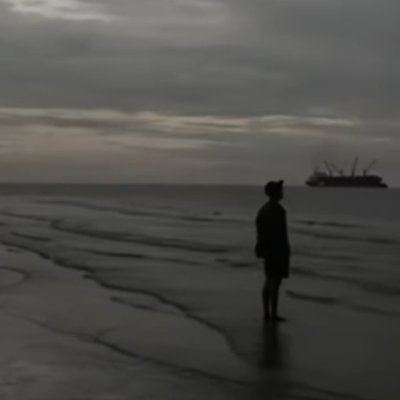
Markets by Zerodha
@zerodhamarkets
Your go-to place to understand what's happening in the Indian stock market and why. No drama, no nonsense — just insights.
It's been a year since we started Markets by Zerodha. Thank you for watching, reading, and listening to us everyday❤️
The Shipbuilding Development Scheme allocates ₹20,000 crore to scale India's capacity to 4.5 million gross tonnage, creating mega-yard clusters, better infrastructure, technology centers, and risk insurance. It's about building ecosystems, not just scattered yards.
The government knows we're missing out, which is why this September, it dropped a massive ₹69,725 crore package. The Shipbuilding Financial Assistance Scheme extends to 2036 with ₹24,736 crore. A new Maritime Development Fund worth ₹25,000 crore offers long-term financing,…
Many Indian shipyards still use outdated production methods with low automation. We do far less pre-fitting of parts compared to China and Japan, which drags out timelines and raises costs. Productivity per worker is also much lower, compounding the problem.
We depend heavily on imports for critical parts, propellers, engines, high-capacity diesel generators, control systems. No domestic production at scale means higher costs through imports and lack of supplier clusters necessary to optimize shipyards, causing delays and overruns.
Why are we struggling? Working capital costs 10-10.5% in India versus much lower globally. Indian ships aren't classified as mortgageable assets under SARFAESI Act, nor legally count as infrastructure, shutting off cheap institutional capital that shipbuilding desperately needs.
Where does India stand? We build just 2% of the world's ships, tiny for a country that depends on shipping for 95% of trade. We use foreign-made ships to transport most of our goods, missing a massive opportunity right under our noses.
But the most important ingredient was cheap long-term capital. Ships are multi-year projects requiring high capex and 35-40% working capital costs. Chinese state banks provide patient, low-cost funding and refund guarantees that give international buyers confidence.
So how did East Asian countries overtake the West? First, they had lower-cost skilled labor for welding, cabling, piping. Second, they built dense supplier clusters with specialized vendors sitting around shipyards, feeding parts just-in-time.
United States الاتجاهات
- 1. Cowboys 50.7K posts
- 2. Panthers 48.2K posts
- 3. Ravens 54.9K posts
- 4. Dolphins 39.2K posts
- 5. Drake Maye 15.4K posts
- 6. Colts 47.2K posts
- 7. James Franklin 44.7K posts
- 8. Chargers 44.1K posts
- 9. Pickens 14.8K posts
- 10. Eberflus 4,093 posts
- 11. #KeepPounding 3,400 posts
- 12. Rico Dowdle 4,342 posts
- 13. Penn State 60.9K posts
- 14. Steelers 52.2K posts
- 15. Jets 101K posts
- 16. Saints 54.9K posts
- 17. Diggs 7,960 posts
- 18. Herbert 11.2K posts
- 19. #Browns 3,377 posts
- 20. Gabriel 52.8K posts
Something went wrong.
Something went wrong.





























































































